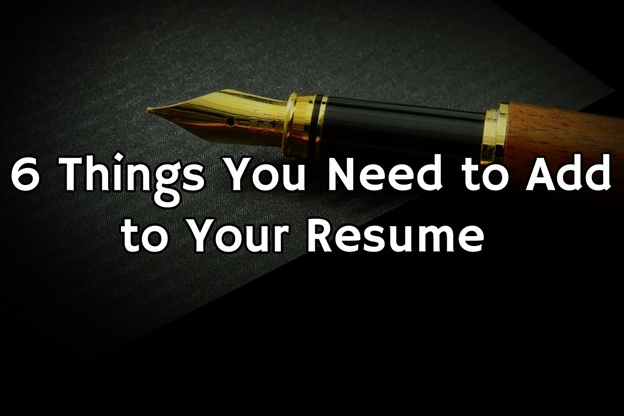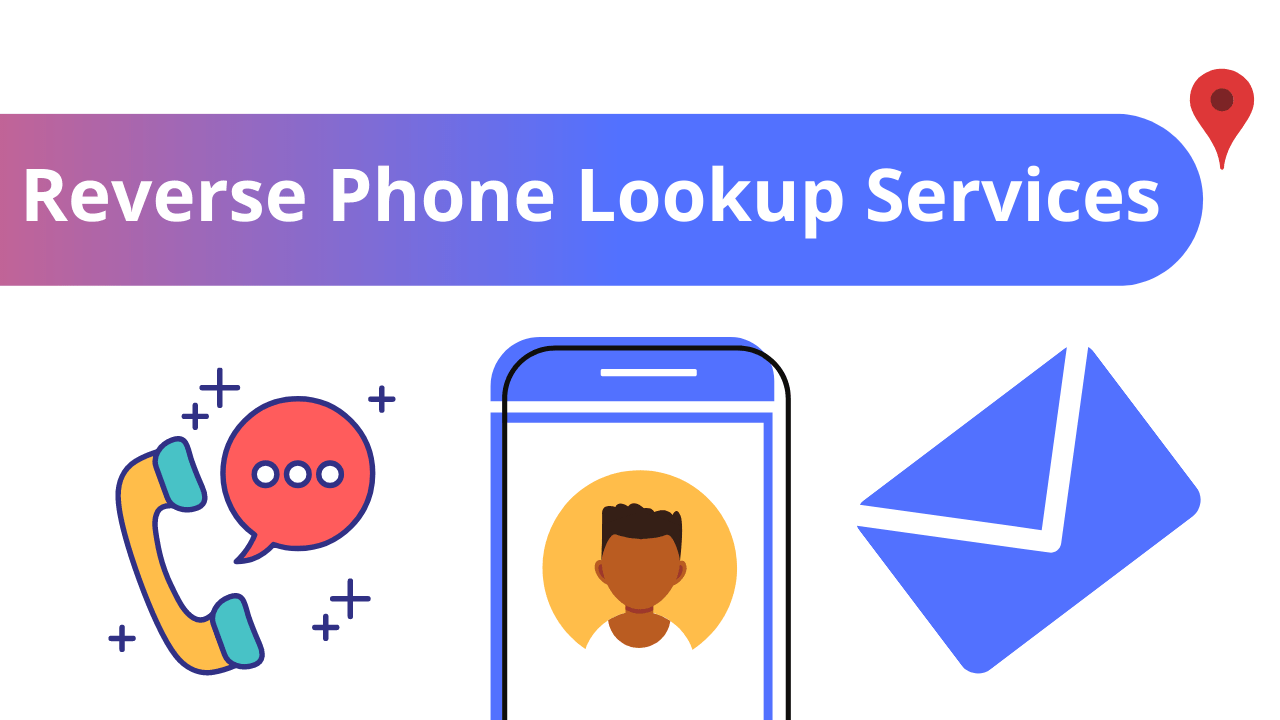
I sent out my resume approximately to 5 well-recognized companies before I finally got the job I’d been dreaming of half of my life.
All 5 times it got rejected.
Maybe my qualifications were not adequate for the position I was applying. Maybe my timing wasn’t right. I’d try to think of all possible reasons why I couldn’t get an interview at any of these places.
One day, I decided to sit down and review my resume, the one I used to get my current job. It seemed very dull and mediocre, something that listed down the basics, and wouldn’t really stand out among 100 or 10 other resumes.
Redrafting it, here’s what I added and removed from my resume to finally land the job I wanted.
What I Added
Link to My LinkedIn Profile
LinkedIn is where I came across most of the job postings I applied to. Being the most popular professional network out there, a personal LinkedIn profile in itself serves as a virtual resume to potential employers.
Adding a link to your LinkedIn profile is a great way to engage the recruiters reviewing your resume. But remember to complete your profile by putting down all the necessary information such as education, job experience, interests etc. An incomplete profile will not look good on you.
Link to My Personal Blog
I run a personal blog that is quite successful. Not letting the recruiters see it would have been a shame.
You don’t have a personal blog? Or the post you are applying to don’t really care whether you write good articles or not?
Then you can have a one-page site that serves as a virtual portfolio. This can list down details from your experience to every project you’ve worked on. Linking to this could come in handy when you need your recruiters to refer to detailed information on your past experience.
Plus, a well-designed blog or a site will definitely make you look impressive if not ‘cool’ as a potential candidate.
Emphasis on Your Brand
Both the above mentioned elements contribute to building your personal brand. And on a resume this can be further highlighted by the job title you choose to mention at the top of the summary.
On my 11th try, the position I was applying to was Communication Specialist. I decided to put it down in my summary. Bold move, but it apparently worked. The trick is to prove why you deserve that title through the rest of the information you choose to put down in your resume.
From company to company, remember to customize the job title and the summary accordingly.
A Unique Summary
The summary is the place you get to tell your story, and it’s the first thing the recruiter sees on your resume. So you naturally need to place emphasis on it.
Your story needs to be told in a powerful way. Make sure to use a more human tone instead of one that is too formal.
Your summary should also focus on what you like to do and can do under the position you have mentioned rather than what you have already done in the past (this you can discuss in detail under experience).
Job Roles You Had and Your Accomplishments
In the resume I got rid of immediately after it failed to get me a job for the 5th time, I had simply put down my job roles and the duties and responsibilities under each of them.
I decided to change this section to talk about the place I worked at and the significant accomplishments I was able to make while I worked there. Not only did it indirectly imply at what I was doing at my previous job, but it also highlighted how well I was performing.
Plus anyone who read this section can quickly get an idea as to what kind of a business I was formerly part of as well.
Explanation for Job Changes
A small part of the above section was also reserved to directly mention why I left each of my previous jobs. Was it because the company closed down? Or was it because you felt that you couldn’t achieve any growth working for a company like that?
However, briefly mentioning this piece of information can make a huge difference. One of the most burning questions interviewers have is why a candidate would leave his or her previous job. Adding it right on your resume can help quench their thirst quickly.
What I Removed
Following are a few things that I thought didn’t belong in my new and improved resume.
Old Irrelevant Jobs
Those odd jobs I did during long and forgotten summers were crowding my resume. Since they didn’t add much value to the position I was applying to, I removed them without much hesitation.
Inappropriate Email Addresses
Sometimes you forget that the email address you set during your rebellious teenage years is a little too inappropriate in a professional setting. So remember to change your email address accordingly when you reach out to a potential employer.
Personal Information
Personal information such as date of birth, religion, sex, age, nationality, weight, height etc. should not be included in your resume. These aspects of you do not affect the job you are applying to and therefore they need not take additional space on your resume.
References
Like unnecessary personal information, references do take up precious space on a resume. Maintain a separate list to put down your references, this way it won’t clutter up your resume.
The redrafted resume got me interviews from most of the places I applied to, but I had my mind on one, and I was able to get it. One of the first things the interviewer told me was “you have one exceptional resume”.
About the Author
Amanda Athuraliya is the communication specialist/content writer at Cinergix, the team behind the development of Creately Org Chart Software. She is an avid reader, a budding writer and a passionate researcher who loves to write about all kinds of topics.




